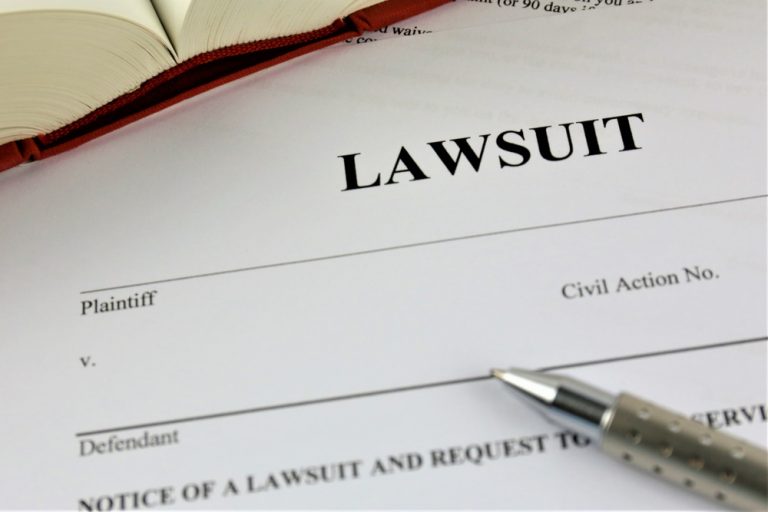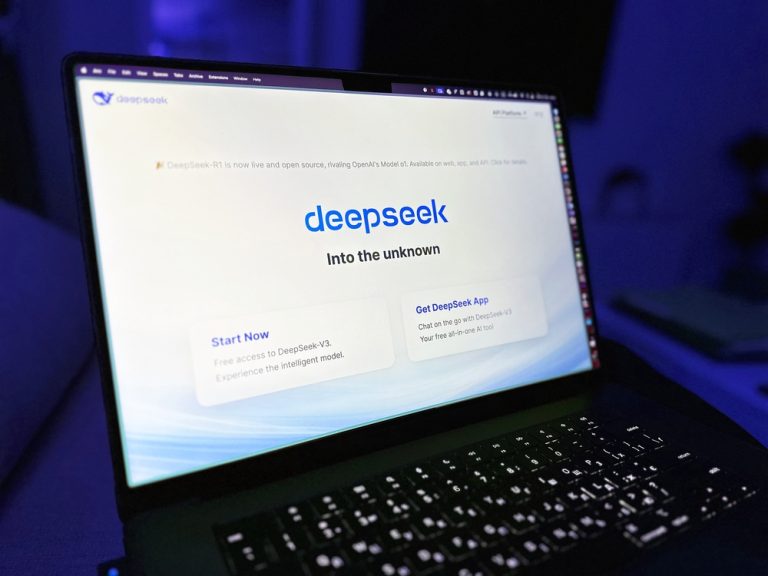Third DCA on Cell Phone Discovery: Balancing Privacy Rights and Litigation Needs
Third DCA on Cell Phone Discovery: Balancing Privacy Rights and Litigation Needs
Cell phones have now been around for decades. Along the way, they grew up and became “smart,” indispensable tools to daily life with limitless options for communication, shopping and entertainment. How prominent are they? One survey from Harmony Healthcare shows that the average American spends at least four hours per day using a smartphone. According to Independent Advisor, other studies suggest that the worldwide average is even longer. Is it any wonder that lawyers in all fields of criminal and civil practice now look to cell phones as critical information sources to determine what someone might be up to, where they’ve been and what they’ve seen? As information-rich as these devices might be, however, litigants are not free to rummage through them without a targeted effort. A recent opinion from Florida’s Third District Court of Appeal– Roque v. Swezy, No. 23-16395 (Fla. 3d DCA May 1, 2024), reiterated this and reminds lawyers that as important as electronic discovery might be to one’s case, it is rarely the first step.
The Underlying Dispute
Roque involved a dispute between two domestic partners and their related businesses. In addition to claims involving business dealings, the eleven-count Complaint included accusations of “abuse, assault, defamation and intentional infliction of emotional distress.” The Complaint also recited specific acts of alleged physical and psychological cruelty such as verbal abuse in the home with other parties present.
Request for Cell Phone Content Raises Red Flags
In addition to serving traditional written discovery, the defendant, Swezy, simultaneously sought an electronic examination of the entire contents of Roque’s cell phone. Roque objected, citing an invasion of her right to privacy and claimed “no legitimate justification or need for such intrusive discovery.” The trial court allowed the inspection, but recognized the need for protective guardrails. Its order allowed Swezy’s attorney to choose a forensic scientist to copy the complete content of Roque’s phone data, including deleted information, and provide it to Roque’s attorney.
The Court’s Opinion Applies Existing Guidelines to Quash Trial Court Order
The Third District granted Roque’s petition for writ of certiorari and quashed the trial court’s order, essentially finding it put the cart before the horse. The Court started at the beginning, analyzing whether the request was appropriate in the first place, given its invasive nature along with its timing. The court’s analysis did not plow any new ground but rather, applied existing guidelines from previous decisions which dealt with electronic device discovery.
The threshold issue was determining whether Roque had a “reasonable expectation” to privacy in the contents of her cellphone – which Swezy did not dispute she had. Next came the need to balance whether Roque’s privacy interest outweighed Swezy’s need to conduct discovery. The balancing test considers whether the circumstances warrant the intrusion, and whether the proponent can obtain the information through less intrusive means. Whereas Florida’s discovery standards typically employ a broad concept of relevance, Swezy had the burden to justify the invasion of the device; indeed, the trial court and seemingly the Third District never touched upon whether the sought-after information was relevant and discoverable. Presumably it was. Here, the focus centered on the intrusive means employed to gather that information and the timing of the request.
The Third District had little trouble quashing the order. Swezy’s request was premature under the circumstances, as he issued the request when discovery had only just commenced. Roque’s discovery responses were not due. No witnesses had been deposed much less even set for deposition. Swezy, as the proponent, needed a good explanation for why, despite the precedent discussed in the opinion, discovery should start with an electronic device. While his argument, which focused on quickness and efficiency, has logical appeal, Swezy could not present evidence that Roque destroyed or threatened to destroy any contents of her phone. Nor was there any indication that Roque thwarted, or attempted to thwart, discovery in any way. An example of circumstances justifying an inspection occurred in Measured Wealth Private Client Group, LLC v. Foster. There, the Court authorized a cell phone inspection where the defendant appeared “to have been somewhat haphazard and incomplete with regard to his production of text messages and iMessages during the discovery process” and the Court was “concerned that not all text messages or iMessages sought by Plaintiff have been produced by Defendant.” Finally, Swezy did not provide evidence that there was no less intrusive means to obtain the information sought. Under these circumstances, the cell phone search was unjustifiable.
Cell Phone Discovery Requires a Thoughtful Approach
The Third District’s opinion does not foreclose the possibility that a cell phone inspection might not be warranted at some future time. Nor does it suggest that all cell phone discovery must wait for some indicia of discovery malfeasance, spoliation or other shenanigans. Certainly, a wide variety of information are completely unique to cell phones or other wearable devices and can only be accessed through inspections. For example, a person’s use of a device (i.e., the number of hours per day, different applications accessed) might be inconsistent with allegations of severe cognitive impairment. Likewise, to prove distracted driving (or defend against it), a litigant must know the specific activity happening in the seconds leading up to a crash. In other words, cell phone discovery is not one size fits all. The takeaway is thoughtfulness in the approach.
Final Thoughts: Keys to a Successful Request
A successful request will consider three things: timing, scope, and necessity. First, a disclosure-seeking party must ensure that their request is intentionally timed. In most cases, this will mean first utilizing, and perhaps exhausting, routine discovery procedures prior to requesting compelled disclosure. Next, the request must be no broader than necessary to avoid requesting sensitive or unrelated personal information. Finally, disclosure-seeking parties must determine the clearest, most compelling factual indications that such disclosures are absolutely necessary. An intentionally timed, carefully crafted request is likely the key to convincing a court to unlock the opposing party’s cellphone for discovery purposes.










